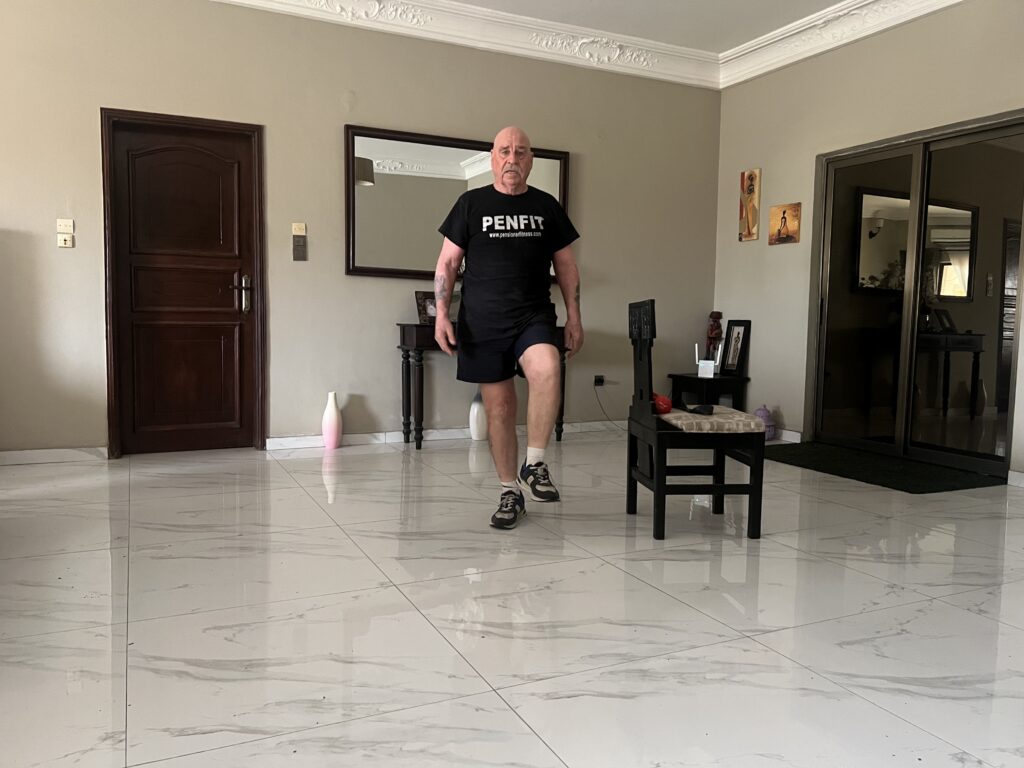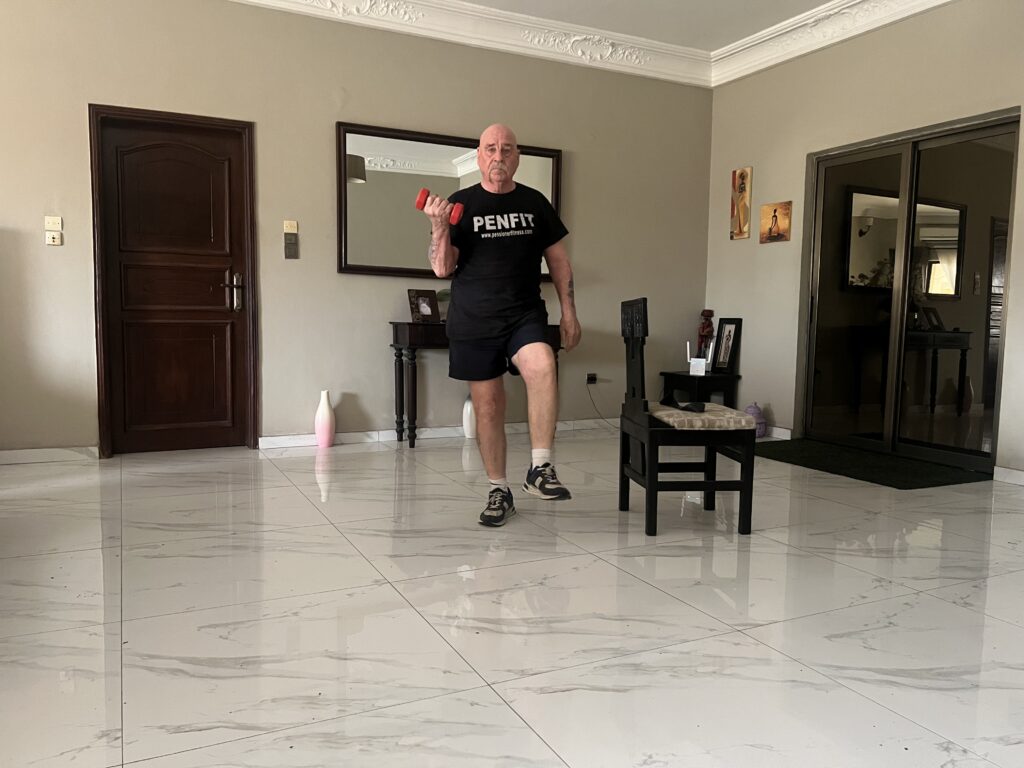
Introduction to balance exercises

Balance exercises can help you keep your balance — and confidence — at any age. Here, balance exercises are especially important for older adults because they can help prevent falls and help them keep their independence. So then, it’s a good idea to include balance training along with physical activity and strength training in your regular training.
But nearly any activity that keeps you on your feet and moving, such as walking, can help you keep good balance. Also, specific exercises designed to improve your balance are helpful to include in your daily routine and can help improve your stability. For example, balance on one foot while you’re standing for a period of time at home or when you’re out and about. And, stand up from a seated position without using your hands will all help.
What is proprioception
Proprioception is your body’s ability to sense its movements, locations, and actions. However, the main purpose is to prevent injury by increasing spatial awareness and balance. In this case it involves a close relationship between the nervous system, soft tissues, and proprioceptors. Furthermore, proprioceptors are specialized sensors located on nerve endings in your muscles, tendons, joints, skin, and inner ear. Also, these sensors deliver information relating to changes in movement, position, tension, force, and environment to your brain
In some cases, a person may have reduced proprioception from a recent or chronic injury, neurological disease, or as a result of aging. Furthermore, intoxication from alcohol or drugs may reduce your balance and proprioception. However, for those with reduced proprioception from an injury or disease, many at-home exercises can help improve your balance, spatial awareness, and overall movement. Consequently, in severe cases, you may need to work with a trained specialist first.
Tandem Stance
Try this simple balance exercise in tandem stance, which can help your performance and lessen your chance of injury or falls

HOW TO DO IT:
- Hold on to a stable object like a chair or table
- Place one foot in front of the other with toe to heel
- Let your hold on the chair be loose or just a finger touch
- Hold this position for as long as you can to a maximum of 30 seconds
- Repeat for a further two times
Single Leg Stance

HOW TO DO IT:
- Stand with your feet hip-width apart and your weight equally spread out over both legs.
- Lift your left leg off the floor and bend it back at the knee . If this is too difficult at first, you can stand on one leg while holding onto a stable object, such as a piece of heavy furniture or a table.
- Hold the position as long as you can keep good form, up to 30 seconds.
- Return to the starting position and repeat on the other side. As your balance improves, increase the number of repetitions.
- For added challenge, balance on one leg while standing on a pillow or other unstable surface.
Single leg bicep curls for balance
Also, for an added challenge, balance on the leg opposite the weight or while standing on a pillow or other unstable surface.

HOW TO DO IT:
- Stand with your feet hip-width apart and your weight equally spread over both legs.
- Hold the dumbbell in your left hand with your palm facing upward.
- Shift your weight on to the right leg
- Lift your left leg off the floor and raise the knee or bend it back at the knee.
- Slowly start to do bicep curls
- Hold the position as long as you can, keep good form, up to 30 seconds.
Return to the starting position and repeat on the other side. As your balance improves, increase the number of repetitions.
Banded triplanar toe taps
Tip: For beginners, try this move without the loop band.

HOW TO DO IT:
- Place a loop band around your ankles and stand with your feet hip-width apart.
- Using the loop band as resistance, tap your right toe in front of you, to the side, and behind. Do this 10 times and switch sides.
Video
DONATE
Pensioner Fitness Awards
THE BUSINESS CONCEPT, BEST IN BUSINESS AWARDS
- “MOST INSPIRING SENIOR WELLNESS WEBSITE 2023“
THE GLOBAL HEALTH AND PHARMA, FITNESS AND NUTRITION AWARDS
2. “BEST SENIOR FITNESS AND NUTRITION SPECIALIST 2023“
THE MIDDLE EAST AND AFRICA BUSINESS AWARDS
3. “ MOST INCLUSIVE FITNESS PROVIDER 2023″
THE CORPORATE LIVE WIRE GLOBAL AWARDS 2023/2024
4. ” FITNESS ADVISORY PLATFORM OF THE YEAR“ 2023/2024
In Conclusion
Having the intention to improve your balance can be as challenging as it is rewarding. Remember that your balance can vary daily. Enjoy the process, notice the variations, and have fun with it. You can do these exercises throughout the day and find creative ways to incorporate them into your daily life.
Balance exercises are appropriate for all ages and fitness levels. Older adults and people with certain conditions, such as Parkinson’s disease, arthritis, or multiple sclerosis will find benefit in developing balance. If you wish to work with a physical therapist, you can find a suitable professional locally. You may also choose to work with an occupational therapist or professional trainer, as well.
Important Note *
Remember that everyone is different, it is ultimately YOUR RESPONSIBILITY to find what your body responds to. So please do your due diligence before trying anything new, including getting Medical Advice to ensure your safety and peace of mind.
Connect with me and leave a comment